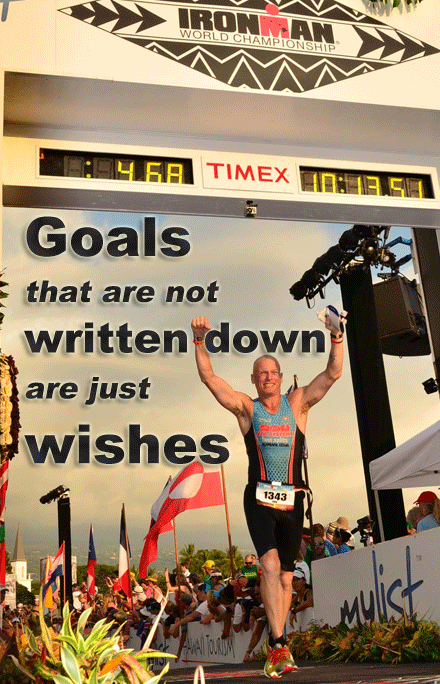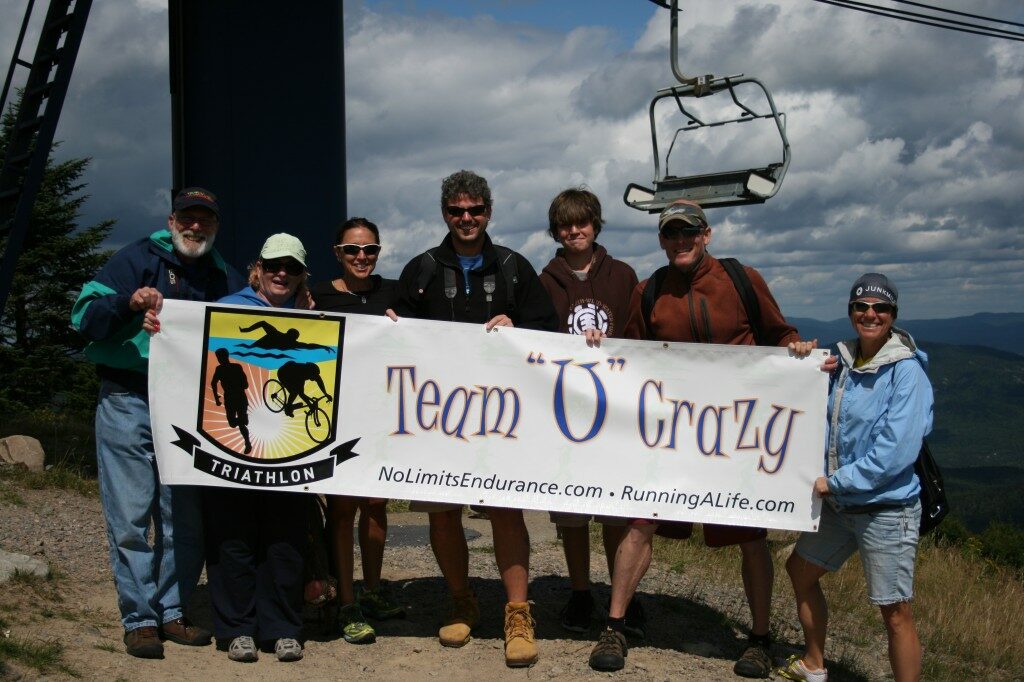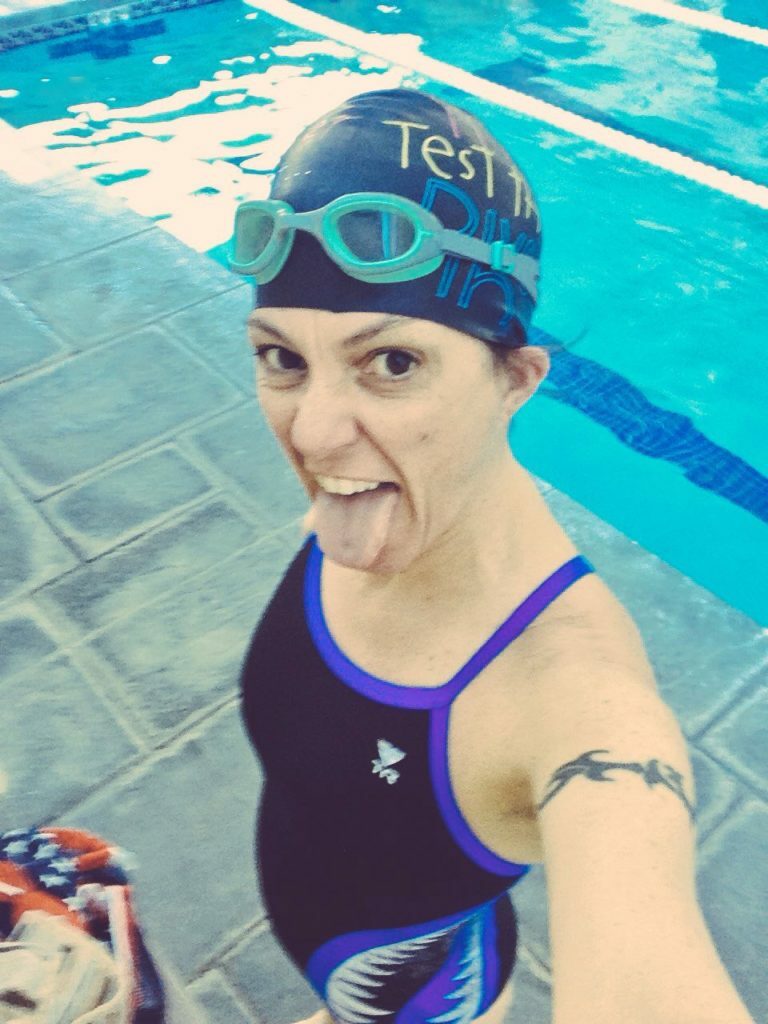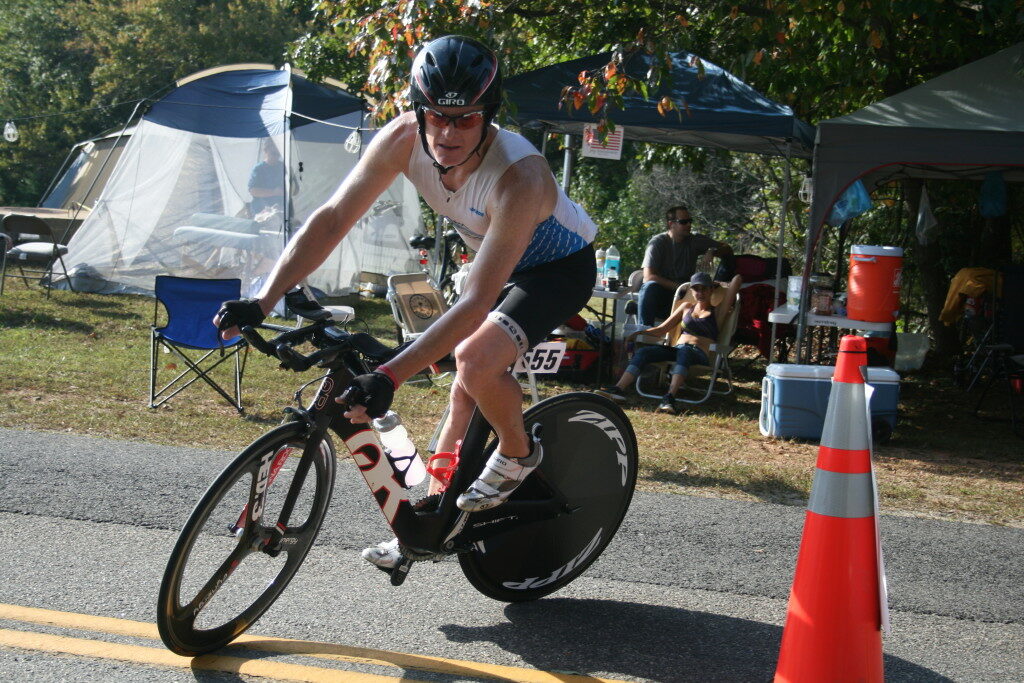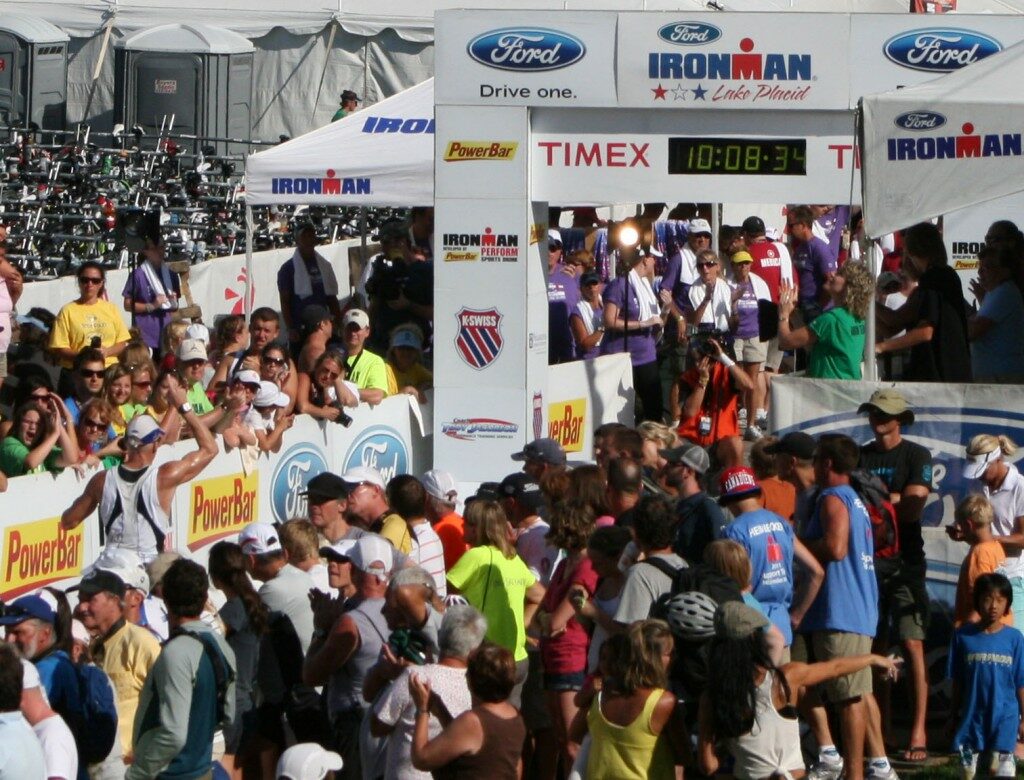Achieve Your Goals – Don’t Wish for Them
John qualified for the 2012 Ironman World Championships at Ironman Cozumel in November, 2011. In the year leading up to that race, he wrote down his goals and posted them in our home office, as well as on his desk at work. Those sheets of paper were daily reminders of what he was working toward. They[…]

